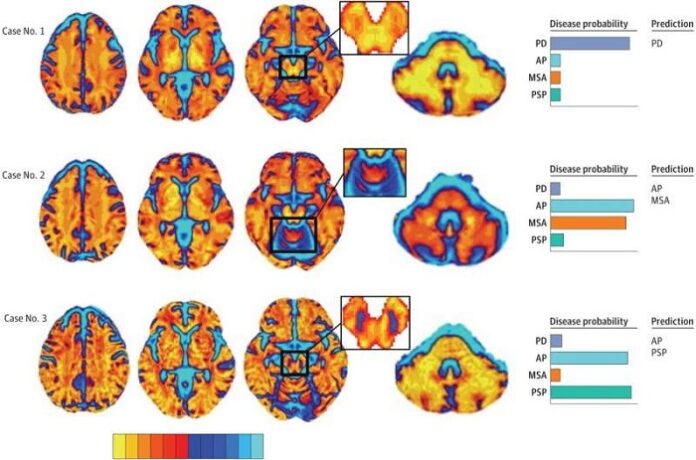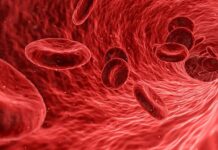

University of Florida researchers have led a multicenter study demonstrating that Automated Imaging Differentiation for Parkinsonism (AIDP)—a machine-learning method using MRI Technique—accurately distinguishes Parkinson’s disease (PD) from atypical parkinsonian disorders. The findings suggest that this innovative approach could significantly improve diagnostic precision and clinical care.
Challenges in Diagnosing Parkinsonian Disorders
Parkinsonian disorders, including PD, multiple system atrophy (MSA), and progressive supranuclear palsy (PSP), present significant diagnostic challenges due to overlapping clinical symptoms. Traditional methods such as clinical assessments and conventional imaging often fail to differentiate these disorders accurately, especially in the early stages.
Dopamine transporter imaging, FDA-approved since 2011, helps distinguish parkinsonism from essential tremor but struggles to differentiate PD from MSA or PSP. Other biomarkers, including skin biopsies and synuclein aggregation assays, also have limitations, particularly in detecting PSP with high specificity.
Breakthrough Study Using AIDP
Published in JAMA Neurology, the study titled “Automated Imaging Differentiation for Parkinsonism” analyzed data from 249 participants diagnosed with PD, MSA, or PSP across 21 Parkinson Study Group sites in the U.S. and Canada. Researchers also incorporated 396 retrospective cases to train the AIDP machine-learning model.
AIDP examines advanced MRI diffusion imaging, which measures water movement within brain tissue to detect structural changes linked to neurodegeneration. Researchers analyzed 132 distinct brain regions, including cortical, subcortical, brainstem, and cerebellar areas, to identify unique patterns for each parkinsonian disorder.
High Accuracy in Differentiating Parkinsonian Disorders
As reported by medicalxpress, the results showed that AIDP accurately distinguished PD from atypical parkinsonism in 96% of cases. It also identified:
- MSA vs. PSP with 98% accuracy
- PD vs. MSA and PD vs. PSP, each with 98% accuracy
Notably, AIDP outperformed traditional clinical diagnostic methods. When compared with autopsy-confirmed cases, AIDP achieved 93.9% diagnostic accuracy, surpassing clinical diagnoses by 12.3%.
Advantages of AIDP Over Traditional Methods
AIDP’s MRI-based approach is non-invasive, effective across various MRI technique and clinical settings, and scalable for widespread adoption. Unlike dopamine transporter imaging, which detects dopamine deficits without differentiating between parkinsonian disorders, AIDP clearly distinguishes PD, MSA, and PSP.
Future Integration into Clinical Practice
Researchers recommend integrating AIDP into routine diagnostic protocols alongside complementary biomarkers such as synuclein aggregation assays or skin biopsies. This combination could further enhance accuracy and efficiency in diagnosing Parkinsonian disorders, improving patient outcomes and advancing neurological care.























